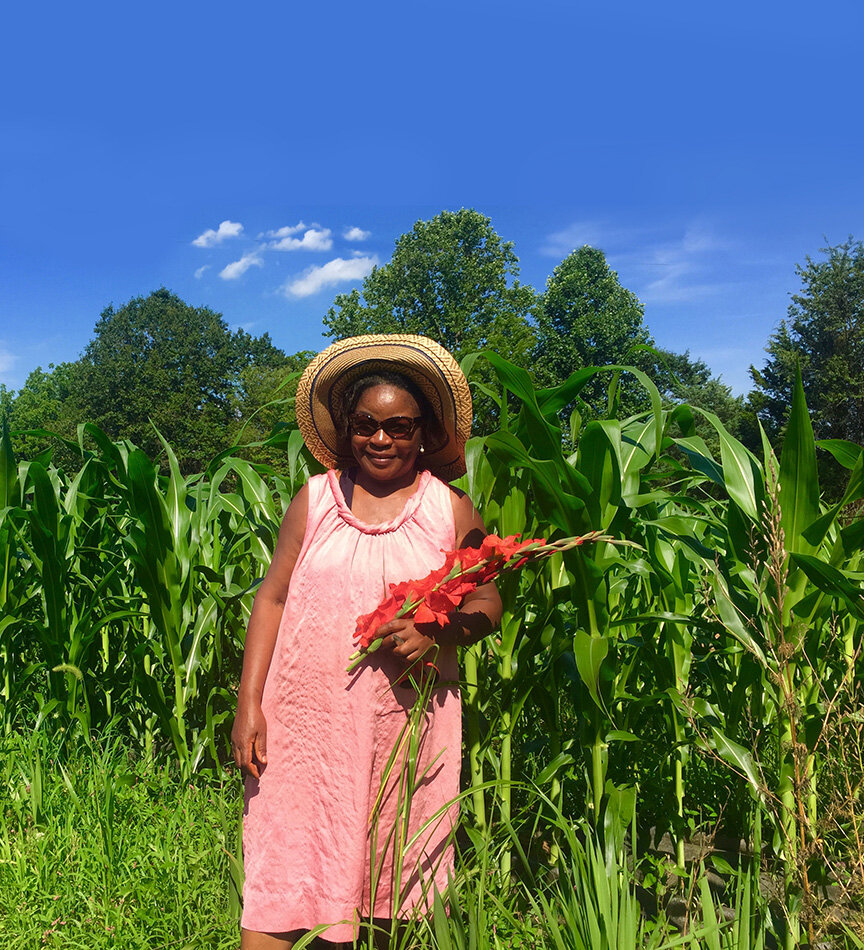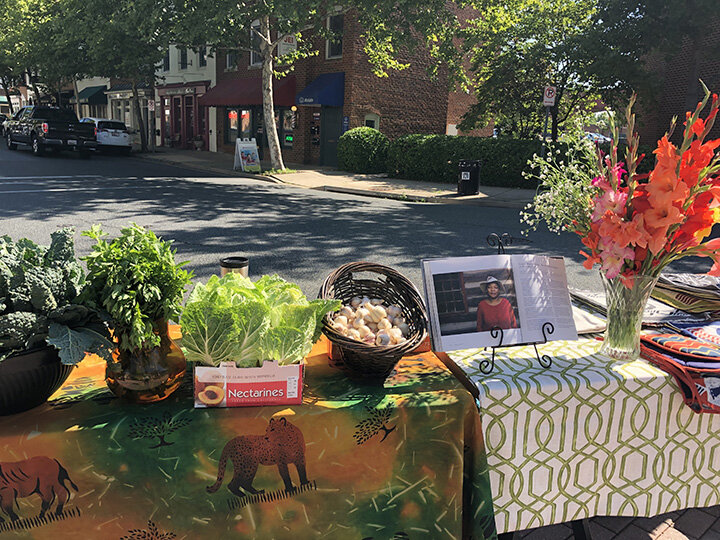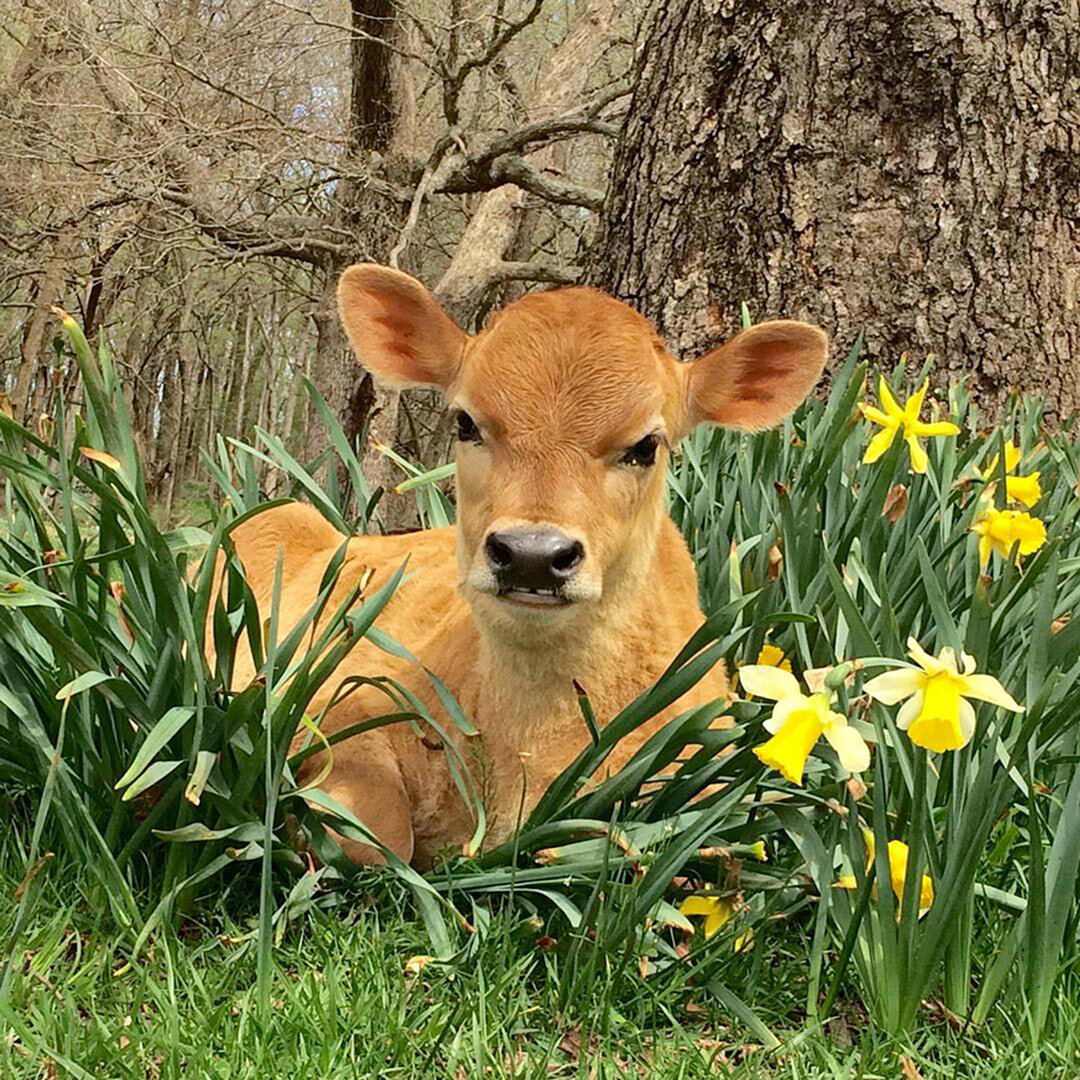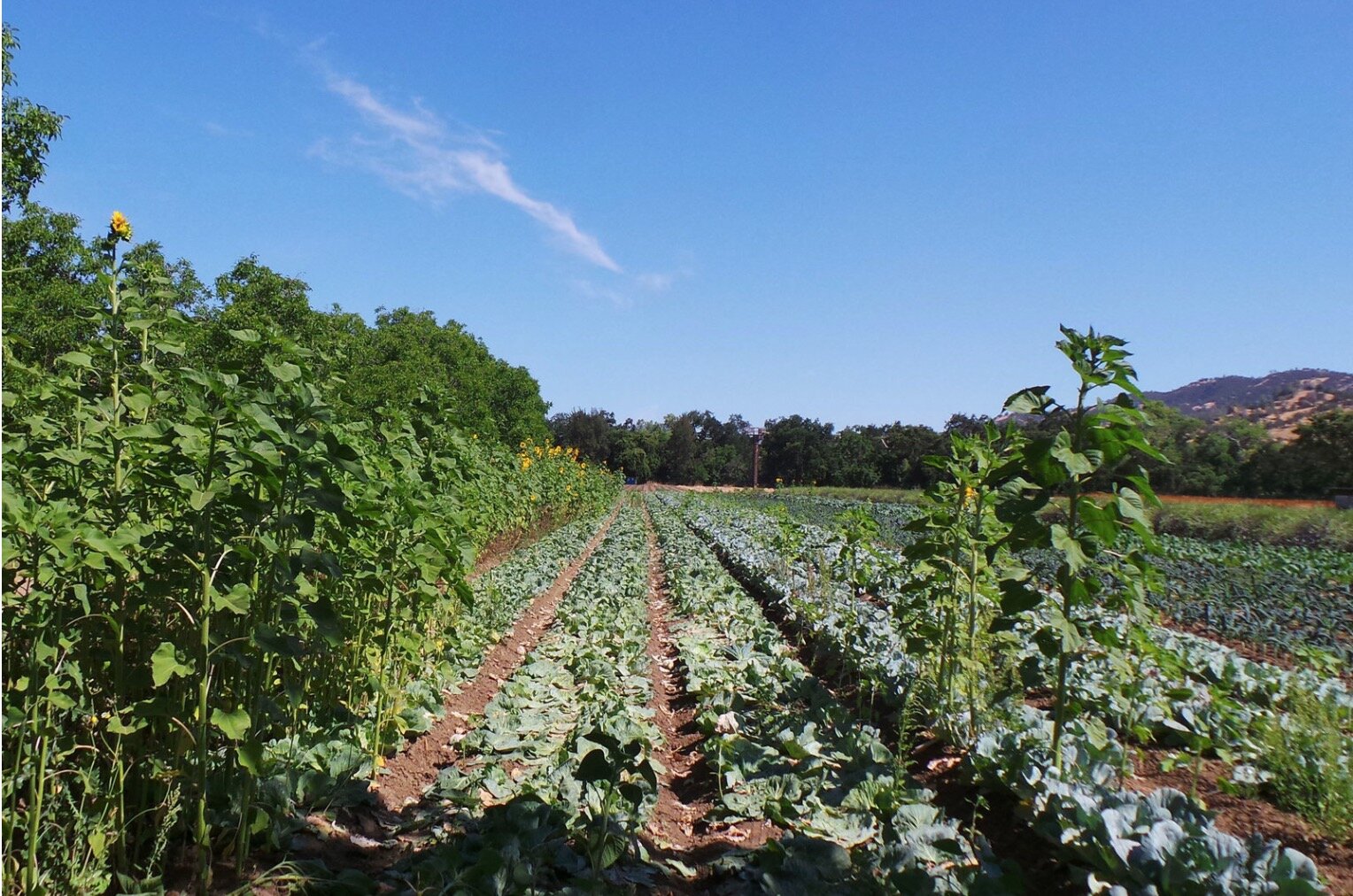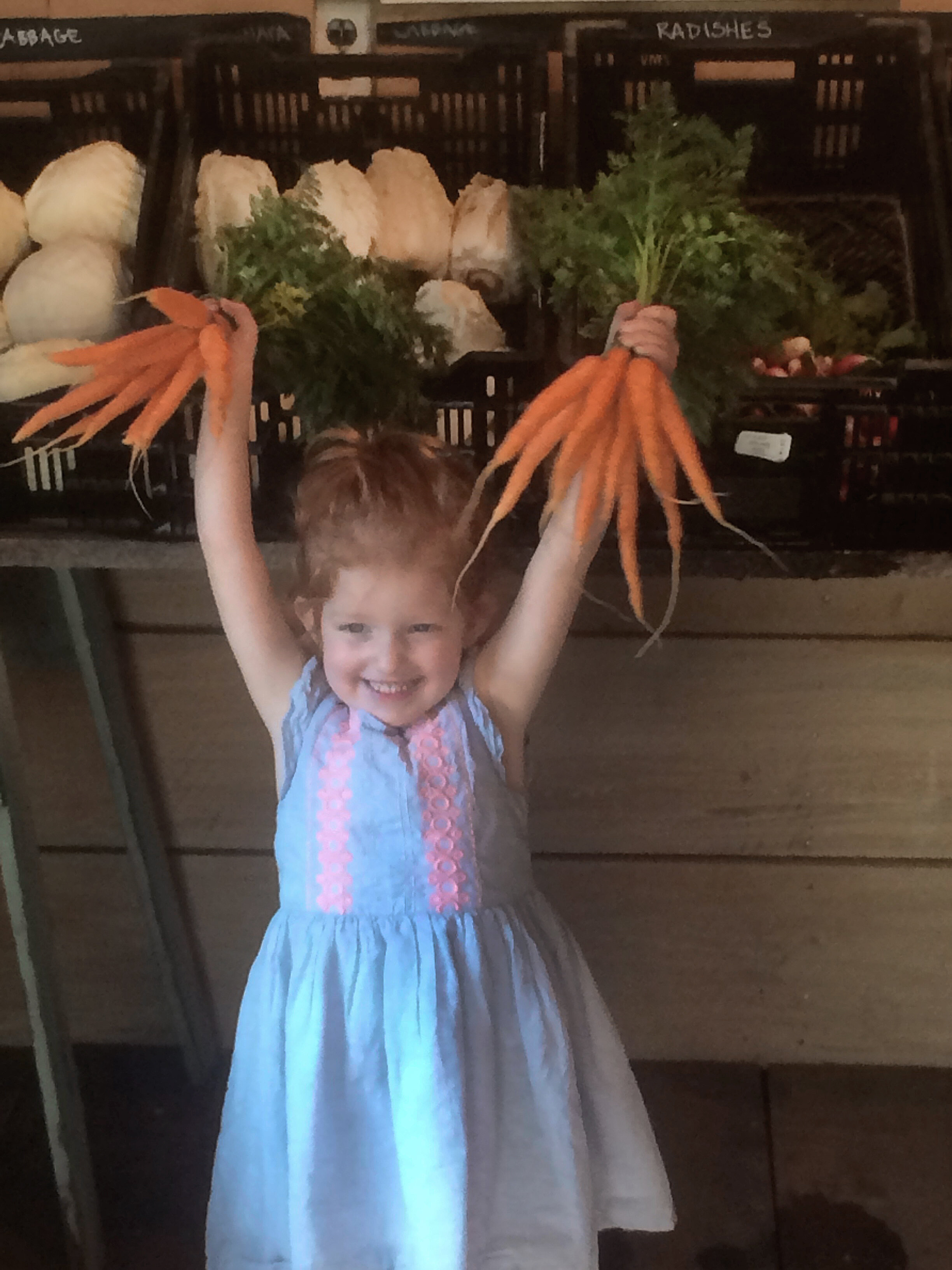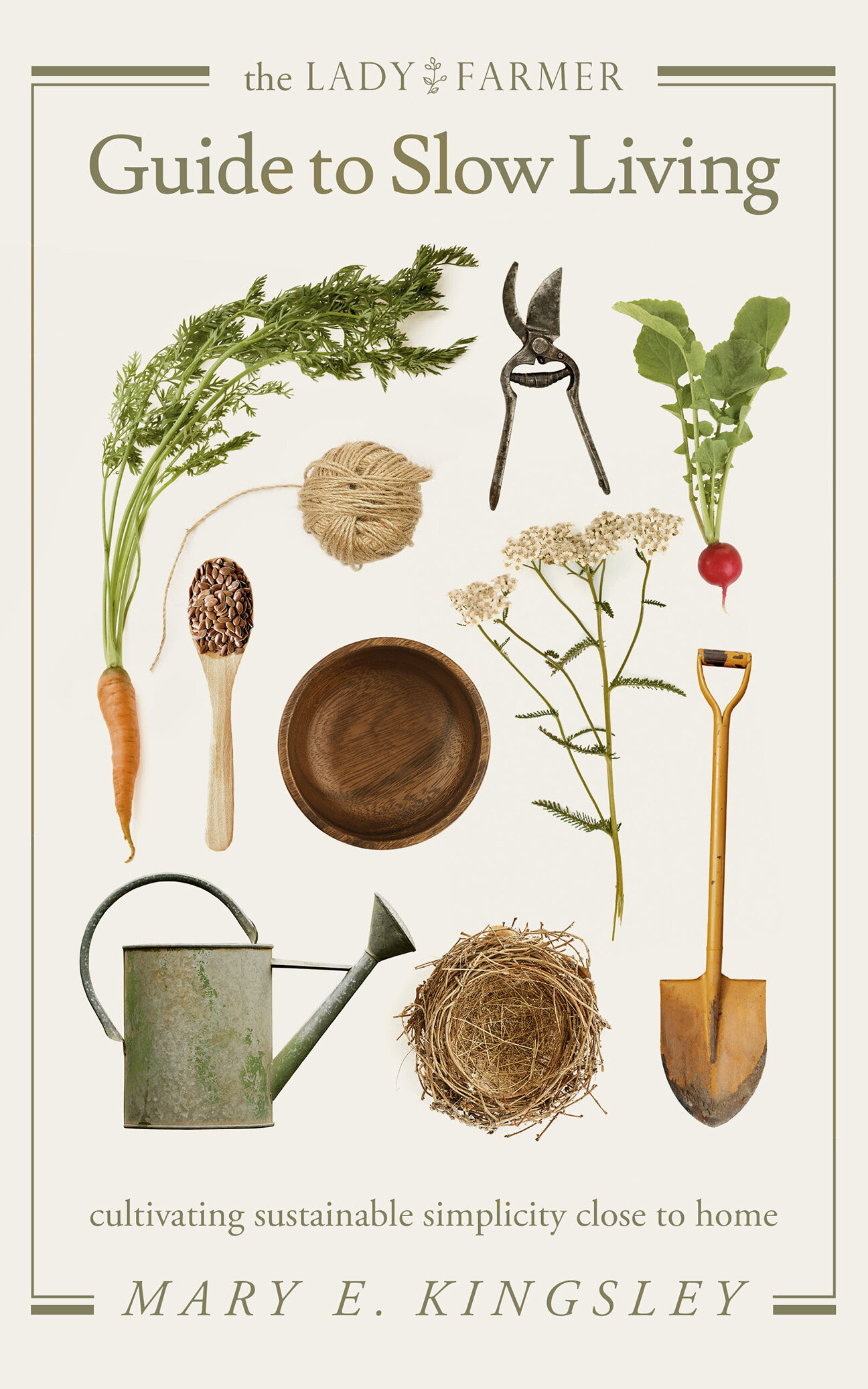Going against the grain of convenience and a good bargain
BY MARY KINGSLEY
from the Lady Farmer Guide to Slow Living
One doesn’t have to be a historian or economist to understand how quickly our society has shifted in the last two generations. Some of us can still remember a time when people weren’t dependent on factory farms thousands of miles away for food, nor on chain stores for cheap clothing made overseas by impoverished workers. Many people grew their own food and made their clothing, or at least obtained them from a known source; and until well into the 20th century, many Americans did all of this without electrical power in their homes.
It has been less than a century since Americans were largely self-sufficient producers of many of their daily needs and moderate consumers of the rest. In the “waste not, want not” days of our grandparents or great-grandparents, responsible use of resources was not only enforced through rationing—especially during WWII—but also seen as a citizen’s patriotic duty.
Fast forward to the present, when practically everything we use is bought from a store—or through Amazon—and is excessively packaged, taped, safety sealed, shrink-wrapped, encased in plastic, tamper-proofed, and on and on. Think about this as you move through your day and look at the products, containers, tools, and implements you use. Where did they come from, how did they get into your hands, how much waste was created before you even owned them? Consider the fact that most of these things are used up or broken in a relatively short period of time, after which their packaging, containers and carcasses are mindlessly tossed into the trash, the place our society assumes is the endpoint of our concern.
We have evolved from a more circular mindset in our consumer behavior—one that is conscious of limited resources and encourages conservation—to a linear economy in which we are addicted to the desire for cheap, mass-produced goods that have only one direction to go: from production, to use, to disposal in a landfill.
Our food supply, too, has long left the realm of self-production and now has much more connection to a factory or a lab than the land. It has been sprayed, machinated, wrapped, frozen, fortified, processed, sealed, flown around the globe, clam-shelled and shelved until we, full collaborators in this paradigm, happily pull it from the supermarket shelves in the name of sustenance. As for our clothing, almost everything available today has been produced at a terrible cost to not only the environment and our health, but also to the overworked and underpaid hands that put them together, all so that we can indulge our throwaway habits that might barely make a dent in our pocketbooks.
‘‘The slow living choice to feed and clothe ourselves closer to the source doesn’t necessarily take less time or work or money. In some instances it might take more.’’
In recent decades, time and money have become the two things consumers want to save over anything else. This gives rise to the attraction of convenience, the almighty bargain, fast food and fast fashion. How and when these perceived shortages became such a driving force in our society is probably beyond the scope of this discussion, but recognizing these cultural shifts is essential to understanding their impact. The truth is that we have the same amount of time as did our ancestors and our grandparents. The difference is in how we choose to spend it.
Choosing Slow Living
Our own understanding of slow living has to do, quite simply, with making conscious choices about how we live our lives. It’s about paying attention to how we spend our time, money and resources, and taking a step back from the industrialized systems that have come to provide our daily needs. It’s also about observing our own consumer habits, where and how they intersect with quality of life and perpetuate an unsustainable paradigm.
The slow living choice to feed and clothe ourselves closer to the source doesn’t necessarily take less time or work or money. In some instances it might take more. Those who have made the conscious decision to eat more locally know this. It takes effort and organization to seek out local sources and very often requires paying more. Supermarkets might offer organic produce but it often isn’t local or fresh, and very few offer meat options that are not from concentrated animal feeding operation sources. Growing your own is a wonderful option, but is a commitment as well. During growing season when we’re planting and weeding the garden plot, trying to keep it all going through drought, and at the end of the summer when our cup runneth over with wonderful things from the garden that need to be harvested, prepared and preserved—life is not “slow,” as in “leisurely.” There is a huge amount of effort and energy involved. Yet, this is the choice we make over driving to the megamarket and buying packaged and processed food that could be on the table and ready to eat in no time.
Likewise, the slow living choice for clothing that has not been produced at the expense of the land, our water, another human’s well-being and our own health certainly will cost more in terms of dollars and cents. The reality is that many people aren’t able to buy clothes that are made from responsibly sourced materials and well paid workers. The prevailing fast fashion system has squeezed the life out of this model, and the availability of ethically produced apparel is extremely limited, putting the majority of consumers in a position where they feel they have no choice.
Yet this is the crucial point. Anyone and everyone can become aware that there might be another choice, that there should be a choice other than participating in the prevailing paradigm. Thomas Berry, cultural historian and twentieth century visionary, sums up what he believes to be the “Great Work” of humankind as we move into the new century. It is “to carry out the transition from a period of human devastation of the Earth to a period when humans would be present to the planet in a mutually beneficial manner.”
‘‘The goal in exploring the idea of slow living is to identify where we have become separated from “the hand that feeds us,” so to speak, and to find our way back to a right relationship with the true source of our nurturance.'‘
Uncovering these shadows in our society and educating consumers on the realities of the systems we have been unconsciously supporting is the path to change and, in our way of thinking, the heart of slow living. We can do this, each and every one of us, in small ways, in seemingly minuscule decisions, in the example we set for those around us without being loud or preachy. No single behavior is going to be right for everyone. We all got here together even if we came from a thousand different directions. The way out is with individual changes, but the ultimate paradigm-shifting changes will be collective.
The goal in exploring the idea of slow living is to identify where we have become separated from “the hand that feeds us,” so to speak, and to find our way back to a right relationship with the true source of our nurturance. We want to see ourselves apart from mass production and consumption, hear our own voice inside the noisy torrent of information, and seek out the things we truly value. In that space, perhaps, is where we reclaim our allotted time on the planet and create our truly authentic lives.
It’s good to be waking up.



